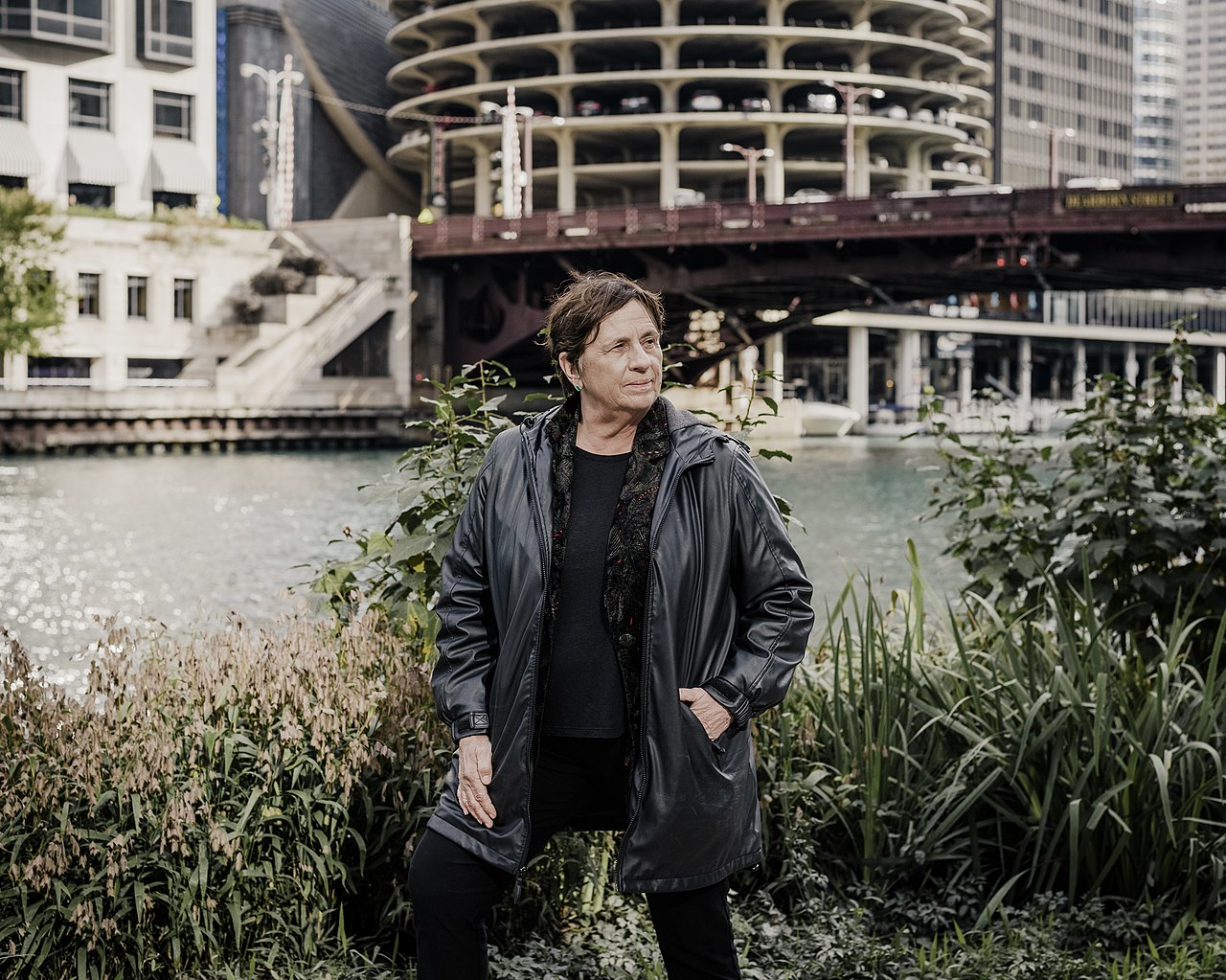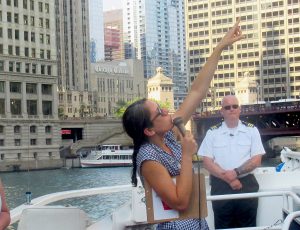KAM Isaiah Israel is the oldest Jewish congregation in Chicago. Some may know it for as the building with the striking octagonal architecture and dome, located next door to Obama’s house in the Kenwood-Hyde Park neighborhood. The synagogue traces its roots back to the 1841 arrival of the first Jewish settlers in Chicago.
My wife works at KAM Isaiah Israel, so with my many visits there I have been curious about the community’s history and the synagogue architecture. With the Jewish holiday of Purim this week, I decided to accept an invitation from my wife to dive into the history and architecture that make KAM Isaiah Israel so unique.
We research stories from Chicago history, architecture and culture like this while developing our live virtual tours, in-person private tours, and custom content for corporate events. You can join us to experience Chicago’s stories in-person or online. We can also create custom tours and original content about this Chicago topic and countless others.
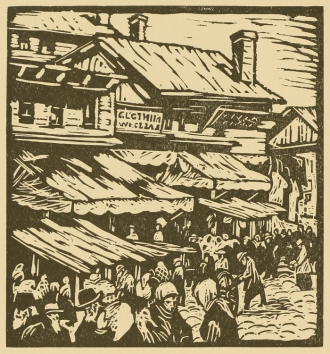
Jewish Emigration to Chicago
To grasp the roots of KAM Isaiah Israel, I had to dive into the history of Judaism in Chicago. The initial Jewish residents of Chicago emigrated from Germany and were relatively prosperous and educated. Like other upwardly mobile groups, they soon left behind the crowded and dirty streets of downtown. The Jewish community slowly moved south and east towards the lakefront communities on the South Side. That’s where the Jewish community in Hyde Park and Kenwood springs from.
According to Jewish historian Irving Cutler, the Chicago area had the world’s third-largest Jewish population by 1930. Only New York City and Warsaw had more Jewish residents at that time. After that, a mix of economic upward mobility and White Flight helped depopulate the old Jewish neighborhoods. Today, the Jewish community in Hyde Park and Kenwood is much smaller than its early 20th-century heyday. The University of Chicago and the congregation’s unique commitment to social justice helped retain some of the neighborhood’s Jewish population.
Former Homes of KAM Isaiah Israel
KAM (Kehilath Anshe Mayriv) and Temple Isaiah Israel were separate congregations until the 1970’s and both changed locations several times. The congregation’s first services were held above a dry-goods store on Lake Street in 1847. By 1851, the congregation had grown enough to need its own building. The site of their first structure, near the southern end of the Loop, is now occupied by the Federal Center. The Great Chicago Fire of 1871 and another in 1874 forced KAM to move south. Around the same time, B’nai Sholom Temple Israel and Isaiah Temple (which merged to form Temple Isaiah Israel in 1924) also moved south.
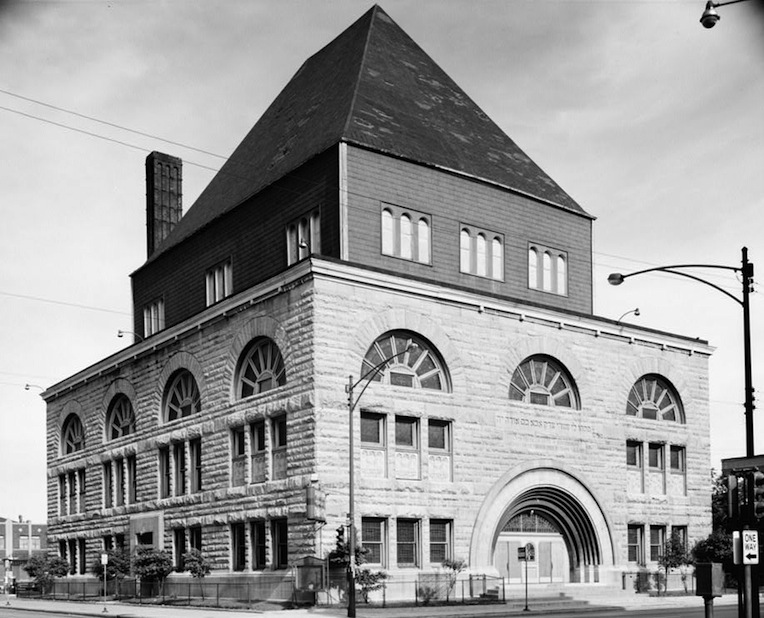
KAM had two architecturally significant homes after moving south. The first, in the Bronzeville neighborhood, was designed by famous architects Louis Sullivan and Dankmar Adler and opened in 1891. It’s a beautiful showpiece for the strong geometric architecture and signature decoration that made Ader & Sullivan so famous. The interior reminds me of Adler and Sullivan’s glorious Auditorium Theater in downtown. KAM moved south to Kenwood-Hyde Park in 1924. Later, the Bronzeville synagogue became Pilgrim Baptist Church, famous for gospel music. The shell of the building remains today on S. Indiana, just south of 33rd St.
KAM’s new home at 50th and Drexel was built in a Neo-Classical Greek style. It is now the headquarters of the Rainbow/PUSH Coalition that Jesse Jackson founded.
Current KAM Isaiah Israel Synagogue in Kenwood
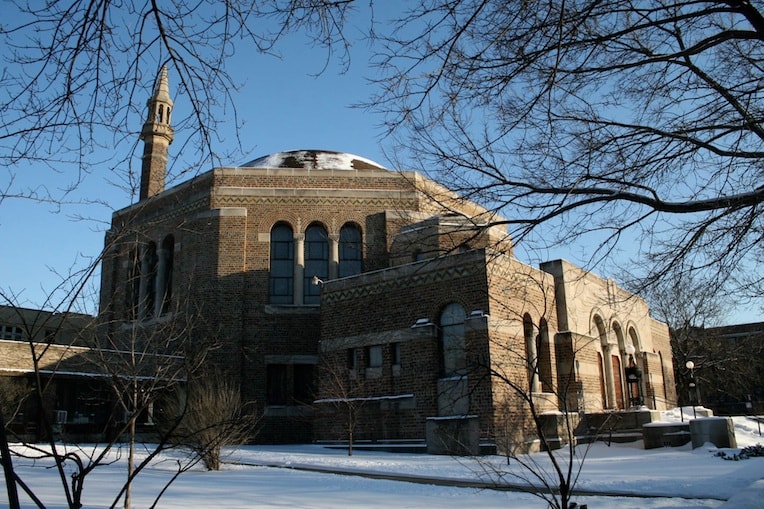
The current home of KAM Isaiah Israel, and the only one I’ve thoroughly gotten to know, dates to 1923. It was built when the merger of B’nai Sholom Temple Israel and Isaiah Temple prompted a new structure. Its architecture recalls that of ancient Byzantine churches that dot the Mediterranean. Our University of Chicago Campus and Neighborhood Tour can show you more of the area.
I’ve visited KAM Isaiah Israel several times and always find myself caught up in its iconoclastic architecture. For researching this blog post, I visited the synagogue with a tour guide. The chimney is my favorite element of the building’s exterior. Because it would have ruined the Byzantine aesthetic, the architects designed it to resemble a Turkish minaret. They mimic the minarets of the Hagia Sophia in Istanbul. I love the ingenuity of integrating this potentially ugly addition into the existing (and sublime) architecture. The overall effect makes the synagogue look utterly unlike the familiar architecture of American houses of worship.
Interior Architecture of KAM Isaiah Israel
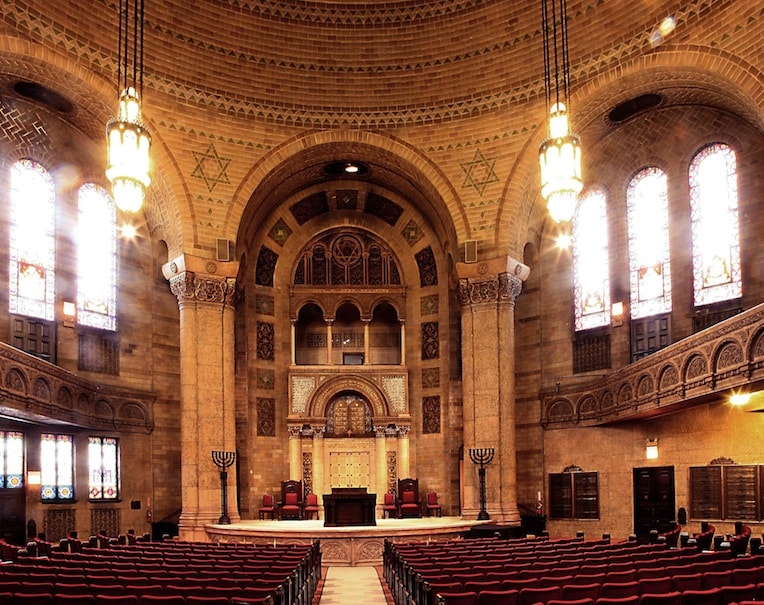
The inside of KAM Isaiah Israel’s main sanctuary continues the idiosyncratic Byzantine architectural style. Two architectural elements dominate your attention upon entry. First is the soaring domed ceiling. Standing in that space, I find it hard not to stare upwards and lose my orientation while gawking at it. Eight giant columns hold up the roof, which give the sanctuary its unusual octagonal shape.
My tour guide, a congregant named Grace, told me the architectural shape was modeled after the Basilica of San Vitale in Ravenna, Italy. The ceiling and walls have a structural and stylistic unity, which only adds to the dazzling visual effects of the synagogue’s architecture. Consequent’s very easy to stand in the aisle and lose yourself in the herringbone tiles and Jewish symbols on every surface.
The ancient feel of the Byzantine-revival architecture helps underline both the ancient roots of the Jewish people and their long history in Chicago. If you want to visit, tours can be arranged by appointment.
-Alex Bean, Office Manager and Tour Guide
ABOUT CHICAGO DETOURS
Chicago Detours is a boutique tour company passionate about connecting people to places and each other through the power of storytelling. We bring curious people to explore, learn and interact with Chicago’s history, architecture and culture through in-person private group tours, content production, and virtual tours.



